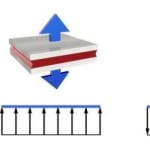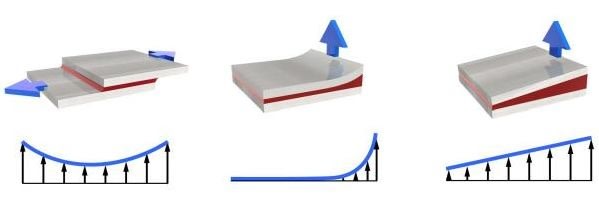 Over the past decades, structural adhesives have evolved into effective and dependable alternatives to conventional joining techniques such as bolting, riveting and welding.
Over the past decades, structural adhesives have evolved into effective and dependable alternatives to conventional joining techniques such as bolting, riveting and welding. They can be used to bond almost all materials commonly employed in industrial manufacturing. One essential aspect is selecting the right bonding solution for each particular construction. But which adhesive solutions are available and which factors must be considered in order to get the best results?
Structural adhesives are used to join a variety of similar and dissimilar materials effectively while achieving an optimal distribution of mechanical loads, stresses and vibrations. The range of applications stretches from bonding of single-use medical articles through to the assembly of heavy equipment. In order to ensure the structural strength of the bondlines, the structural design of the materials to be joined and the choice of adhesive technology must be very carefully evaluated. Different constructions will pose different structural bonding demands.
Structural design considerations
The strength and long-term durability of a structural adhesive bond depend especially on the adhesive used, the materials involved, and the loading to which the construction will be exposed. The loads, in other words the external forces acting on a construction, can be classified according to five types of stresses: tensile, compressive, shear, peel and cleavage forces. For each type of loading, there is an adhesive technology which optimizes the ability to withstand the forces acting on the component in question.

Tensile force is the force acting on a bondline when the component is pulled or stretched in a direction perpendicular to the bondline and the substrates it joins. With a pure tensile load, the stress distribution within the bondline is relatively uniform.
The same load acts on each part of the bond area. This is also true of compressive loads. A compressive force is an external force acting on a joint when the bonded materials are subjected to pressure. In practice, pure tensile or compressive loads are generally rare and usually also involve a degree of peel loading.
In industrial constructions, the most common loads are shear, peel and cleavage forces. A shear force is the force acting on a bondline when the two joined parts are pulled in parallel and opposite directions. Peel and cleavage forces are very similar and are the least desirable forces acting on a structural bondline. These two forces occur when a load is applied to the end of a bondline, being of a peel nature when at least one of the parts can be easily deformed.




